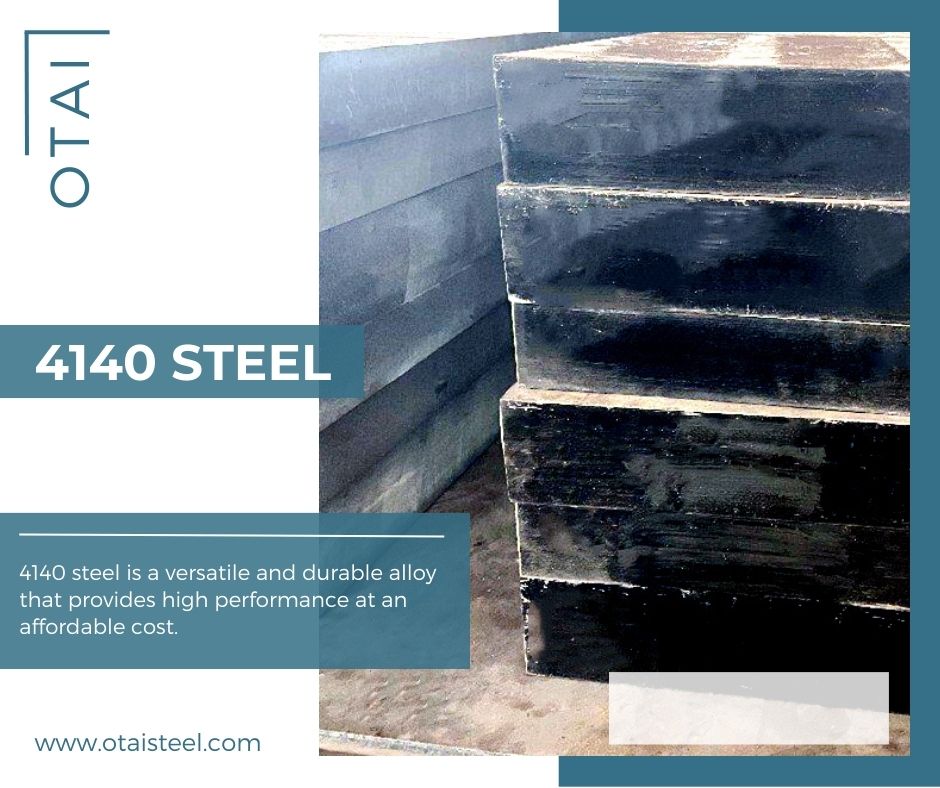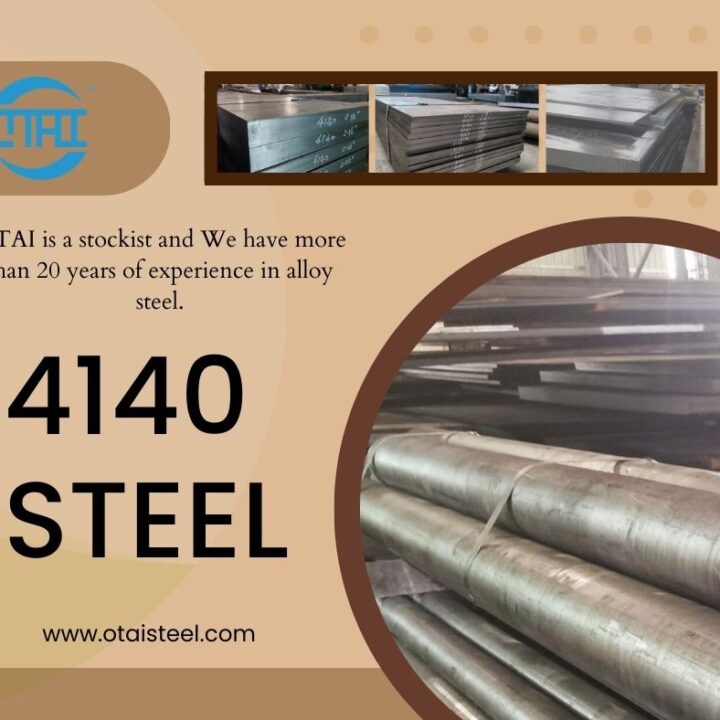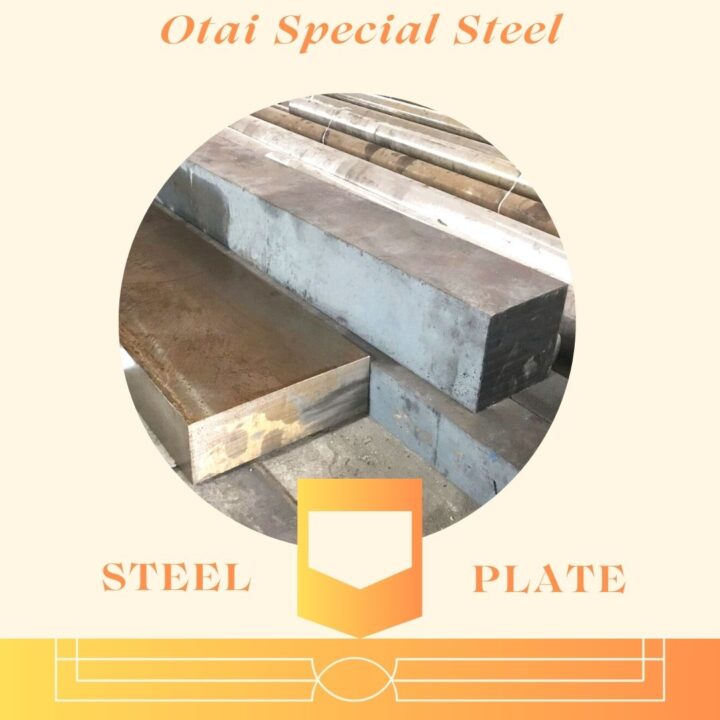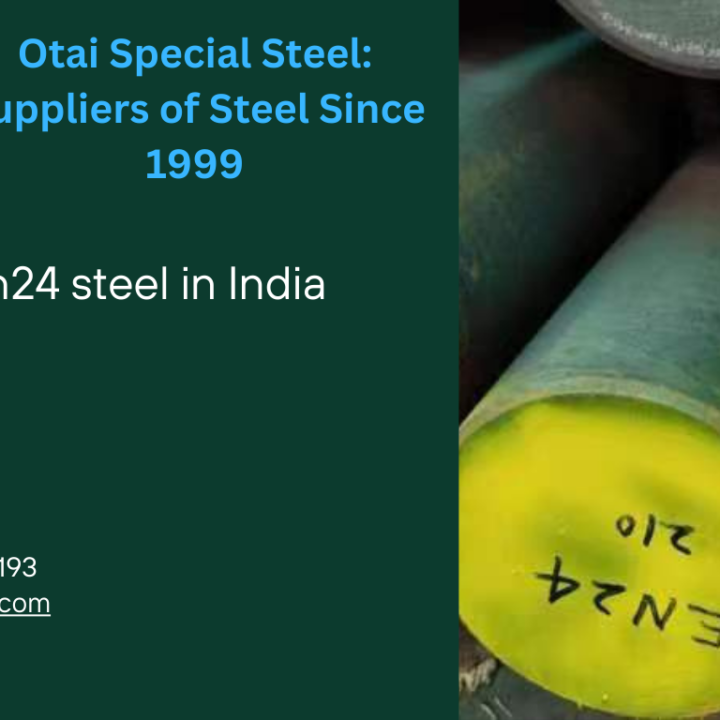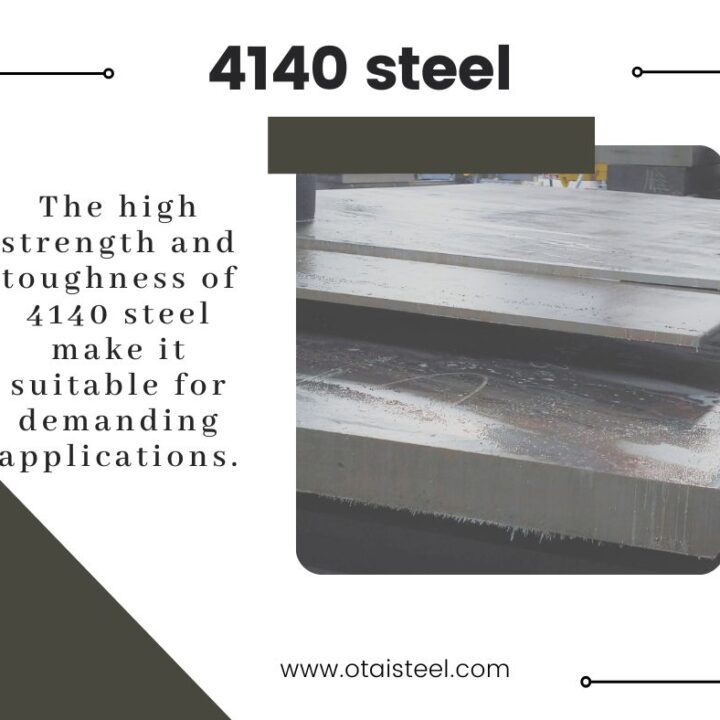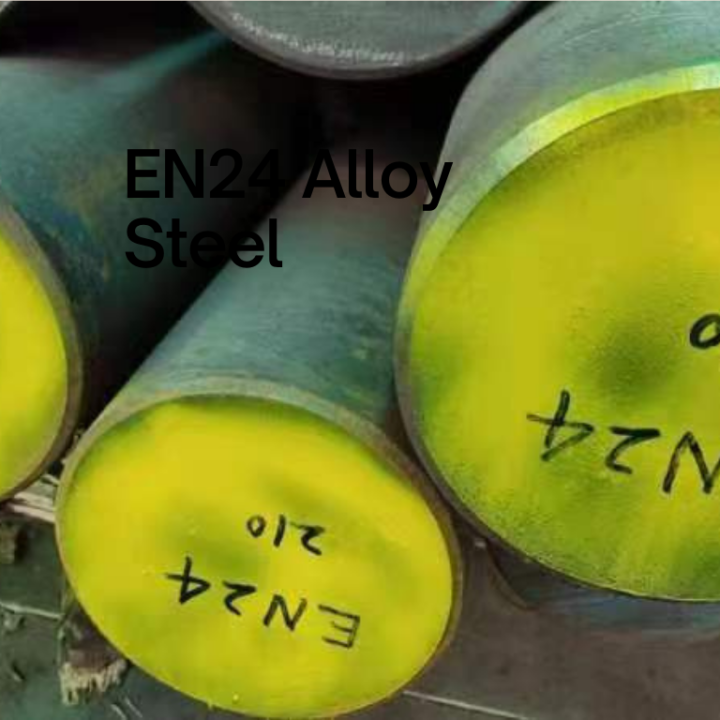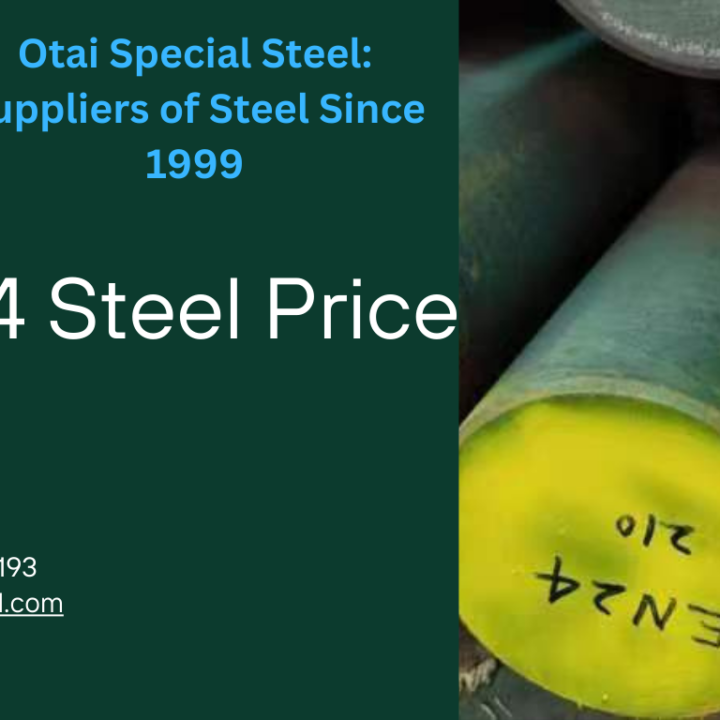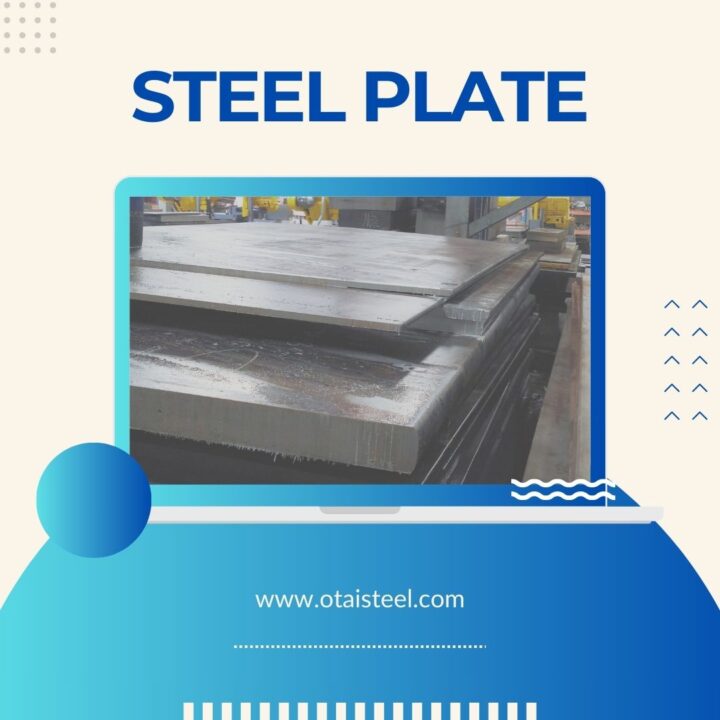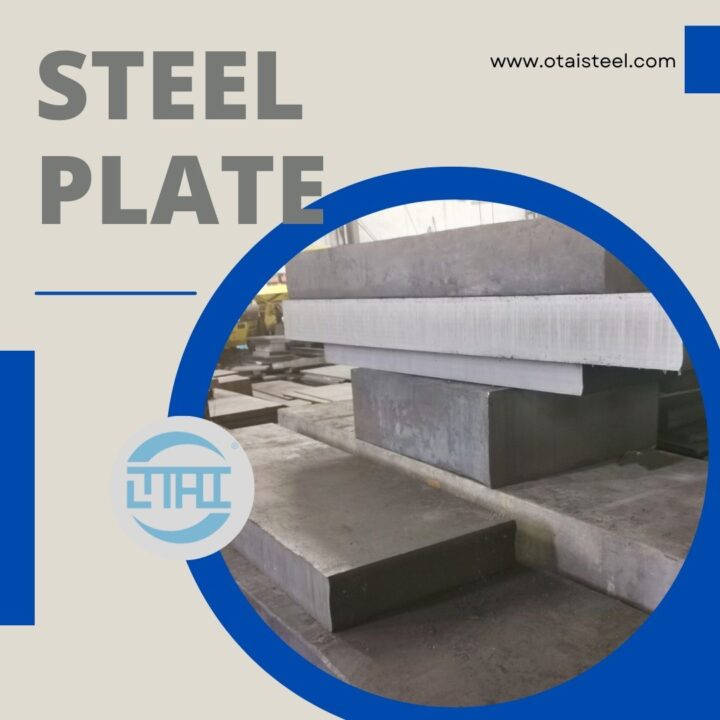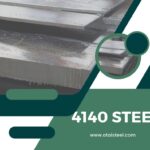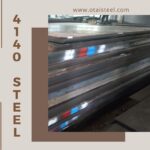Welding and Joining of 4140 Steel: Challenges and Solutions
4140 steel is a popular alloy steel. Because of its high strength, toughness, and wear resistance, it is widely used in various industries. However, 4140 steel can be challenging to weld and join due to its high hardenability, which can cause cracking and deformation during the welding process.
Challenges
- Cracking: One of the biggest challenges of welding 4140 steel is the risk of cracking. This is likely due to the steel’s high carbon content and high hardenability. It makes it prone to cracking during the post-welding cooling process.
- Deformation: Another challenge of welding 4140 steel is the risk of deformation. Due to the high thermal conductivity of steel, the heat input in the welding process will cause significant thermal expansion and contraction, resulting in the deformation of the welded part.
Solution
- Preheating: Preheating steel before welding helps reduce the risk of cracking and deformation. This is because preheating raises the temperature of the steel and reduces the thermal gradient between the weld and the base metal, reducing the risk of thermal shock.
- Post-welding heat treatment: After welding, the steel shall be heat treated to eliminate any residual stress and improve the toughness of the welded joint. Heat treatment should be carried out at temperatures between 800°C and 840°C, followed by slow cooling in the furnace.
- Welding techniques: Choosing the right welding techniques also helps to reduce the risk of cracking and deformation. Tungsten gas welding (GTAW) and gas metal arc welding (GMAW) are the most common welding techniques for 4140 steel. These technologies allow precise control of heat input, helping to reduce the risk of cracking and deformation.
- Welding materials: The use of appropriate welding materials also helps to improve the quality of welded joints. Low hydrogen welding materials are recommended for welding 4140 steel because they produce low hydrogen content, which can cause cracking.
Welding and joining 4140 steel can be challenging, but the above solutions can help overcome these challenges. Preheating, post-welding heat treatment, choosing the right welding technique, and using the right welding consumables are some of the solutions that help produce high-quality welded joints. With proper welding techniques and precautions, 4140 steel can be successfully welded and joined and used for a wide range of applications. (Welding and Joining of 4140 Steel)
